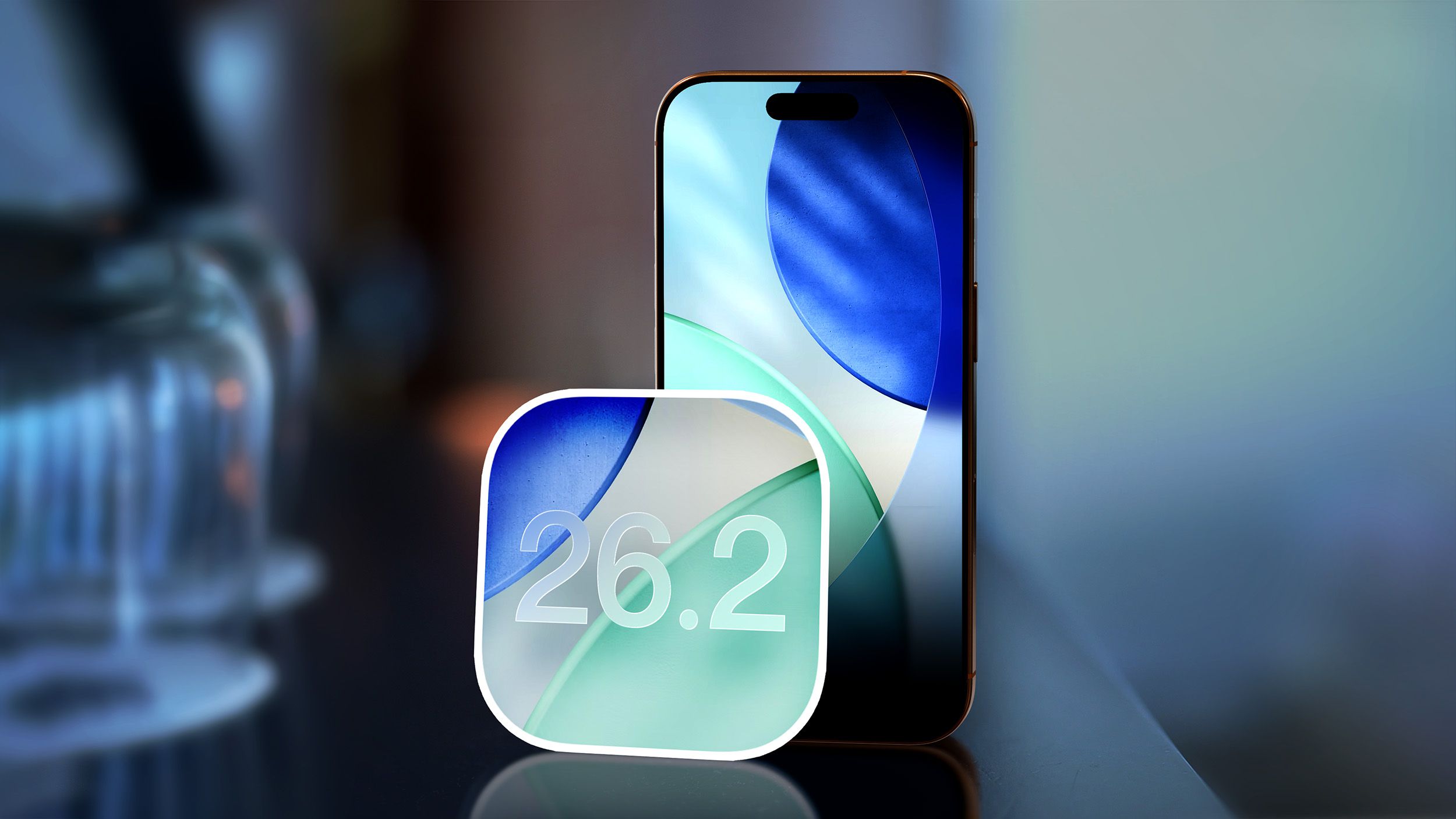The road to startup success is often a bumpy one. Aatish Parson prefers it that way, for now, as the cracks and potholes on roads in the Seattle area provide key data for something called CivicScan.
A Redmond, Wash., native and recent computer science graduate from the University of Washington, Parson has been spending the summer working on the project he first started in school, with the goal of expanding it and making it more usable.
CivicScan is an AI-powered app that works via a mobile device pointed at the road from a vehicle windshield or dashboard. Parson’s platform scans the road ahead, using computer vision and machine learning models to automatically detect pavement defects, providing visual evidence and location data for more streamlined maintenance planning.
In a post on LinkedIn this week, Parson said his tech identified more than 13,000 cracks after just an hour of driving around Redmond. His vision is for municipal road departments to use such technology to head off bigger nightmares around failing pavement and the cost associated with such upkeep.

Parson did a software engineering internship at Amazon last summer, in which he worked on expanding map data coverage of road conditions and vehicle maneuverability to enhance safety for delivery drivers.
Asked whether anything else in his background created an interest in transportation or city infrastructure and made him want to address the problem of deteriorating roads, Parson offered up an answer that plenty of drivers can relate to.
“Maybe frustration,” he said. “To be honest, my car suspension has been pretty rocky. I was like, ‘I keep hitting these potholes.’”
Driving a 2009 Acura MDX with a $15 magnetic mount off Amazon holding his phone in place, Parson feels like it’s his civic duty to help his hometown — and any other cities or counties which might be interested.
On the CivicScan website, users can view a live “Pavement Defect Map” showing roads in Redmond that Parson has scanned. His model doesn’t just paint a box around a crack in the surface, but accurately traces the outline of the defect.
Certainly every flaw in the surface of every road doesn’t rate as a priority for fixing. But Parson worries that cracks left unattended will just invite water to seep in and more deterioration to occur, causing the price of an eventual fix to rise.

Across Lake Washington, the Seattle Department of Transportation relies on a lower-tech system for keeping an eye on roadways.
Residents can report potholes through a number of channels, including the “Find it, Fix It” app, SDOT’s website, or by calling 206-684-ROAD. Maintenance crews also identify potholes during routine work, and requests can come in via the Mayor’s Office and City Council. Pothole crews respond with a first reported, first repaired method as the prioritization model, according to SDOT.
The agency does not use AI or computer vision for any pothole detection at this time, but it does have its own map — called the “Pothole Status Map” — where the public can track repair requests in real time. It’s updated nightly with both open and completed reports.
More broadly across Washington state, the County Road Administration Board (CRAB) deals with many of the intricacies of preserving and enhancing the transportation infrastructure of the state’s 39 counties.
In order to be eligible for arterial road repair funds, counties must have a Pavement Management System in place to help analyze pavement life cycles and pavement ratings to determine the best timing and cost-effective method for pavement preservation.
Parson just pictures workers from a city or county road department driving around now and then with a phone on their windshield scanning the roads ahead of them, collecting useful data. He’d be happy to have CivicScan process it all and build an action dashboard or any other necessary visualization to help with repair decisions.
“I want to give everyone the data to make a more informed decision, because budgets are already tight, right?” he said. “I think that’d be pretty cool. And our roads would all be quite smooth.”










